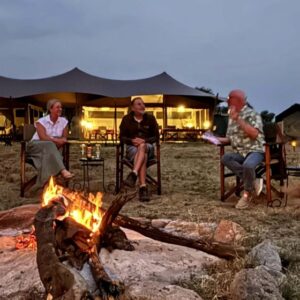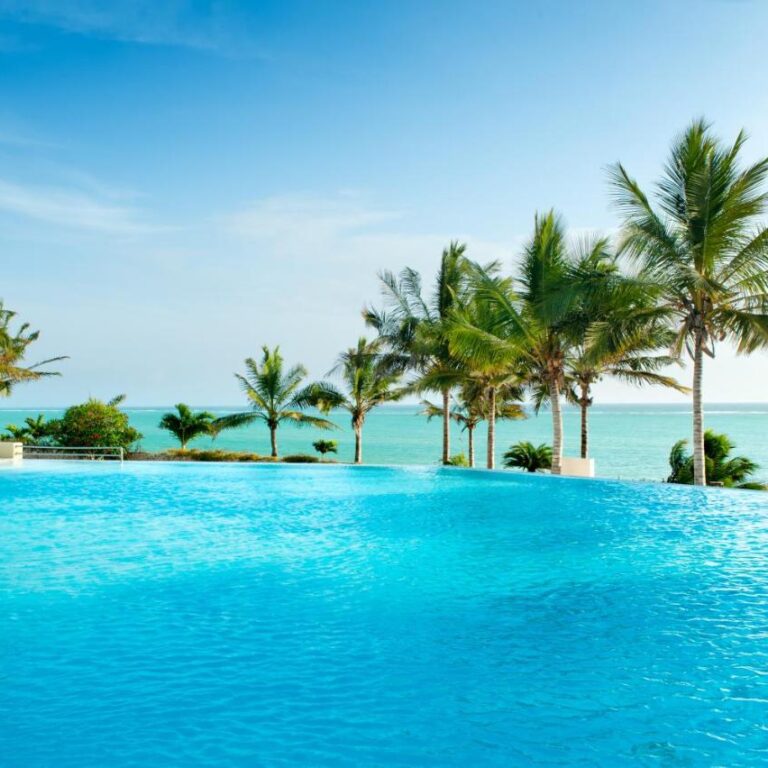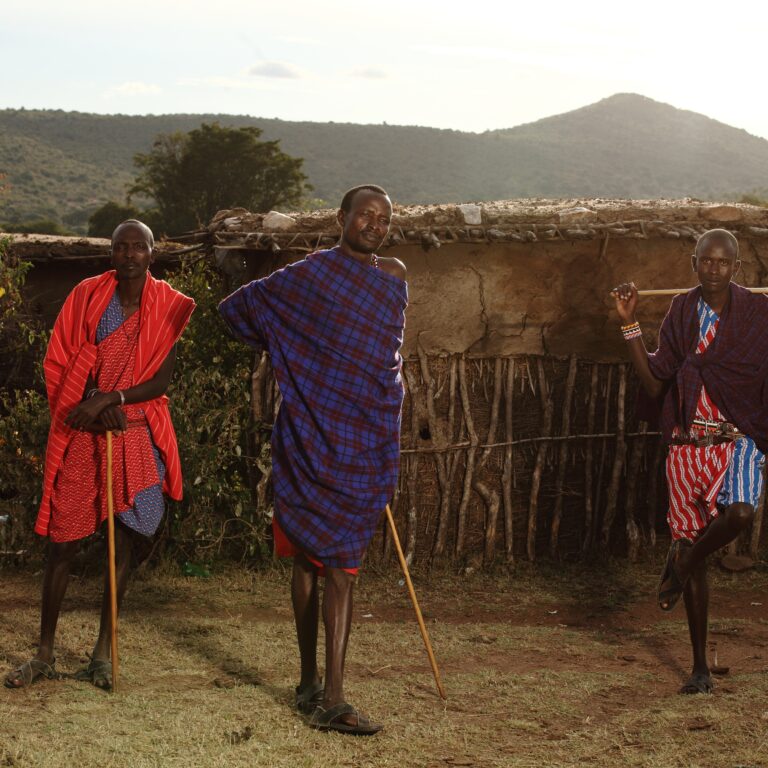Mount Kilimanjaro, Africa’s highest peak, is a dream destination for adventurers worldwide. Its snow-capped summit, rising majestically from the Tanzanian plains, promises not just a physical challenge but an unparalleled journey through diverse ecosystems. While the allure is undeniable, a successful climb is not guaranteed and requires diligent preparation, strategic decision-making, and a deep understanding of what the mountain truly demands. Mount Kilimanjaro, located in Tanzania, is famous for being the highest peak in Africa and the world’s tallest free-standing mountain. It’s a dormant volcano with three volcanic cones: Kibo, Mawenzi, and Shira. Interestingly, despite its location near the equator, it boasts glaciers and snow at its summit.
To ensure a successful Kilimanjaro climb, prioritize proper training, gear selection, acclimatization, and mental fortitude. Key tips include choosing the right route, breaking in boots, staying hydrated, and listening to your body. Respecting the mountain and its power, as well as the porters who make the climb possible, is also crucial. Here’s a detailed guide to maximizing your chances of standing triumphant on Uhuru Peak.
1. Choose the Right Route: Your Foundation for Success
The route you select is arguably the single most critical factor in your summit success. Kilimanjaro offers several paths, each with distinct advantages and challenges in terms of scenery, difficulty, and, most importantly, acclimatization profile. Before climbing Mount Kilimanjaro, it’s crucial to be physically prepared, choose the right route and time of year, and understand the risks of altitude sickness. Additionally, you’ll need to book with a reputable operator, pack appropriately, and be aware of tipping customs.
Prioritize Longer Routes. This is non-negotiable for higher success rates. Routes like Lemosho (7 or 8 days) and the Northern Circuit (8 or 9 days) are highly recommended for Kilimanjaro hiking Tours. They provide a more gradual ascent, allowing your body ample time to adjust to the decreasing oxygen levels. These routes often incorporate “climb high, sleep low” opportunities, a proven strategy for effective acclimatization.
Understand Route Differences. The Marangu (Coca-Cola) route, while popular due to its hut accommodation and perceived “ease,” has the lowest success rate because of its shorter duration and direct ascent. Machame (Whiskey) is popular and offers good acclimatization on its 7-day mount Kilimanjaro climbing tour itinerary. Research each route thoroughly and choose one that aligns with your fitness level, time availability, and tolerance for crowds, always prioritizing the longer options.
2. Prioritize Acclimatization: The Ultimate Game Changer
Altitude sickness can affect climbers at high elevations. Prioritizing acclimatization is essential. Aim for a gradual ascent, allowing your body to adapt to decreasing oxygen levels. Many climbers find success by incorporating “climb high, sleep low” tactics, climbing to a higher altitude during the day and returning to a lower elevation to sleep. Altitude, not fitness, is the primary reason climbers fail on Kilimanjaro. Acclimatization is the physiological process by which your body adjusts to lower oxygen levels. You cannot force it, only facilitate it.
Go “Pole Pole”. This Swahili phrase, meaning “slowly, slowly,” will be your mantra. Your guides will set an incredibly slow, deliberate pace. Resist the urge to rush, even if you feel energetic. This slow pace is crucial for your body to adapt efficiently, conserve energy, and minimize the risk of Acute Mountain Sickness (AMS). There is no such thing as “too slow” on Kilimanjaro.
Add Acclimatization Days. If your chosen route offers an extra day, take it. This additional time on the mountain significantly improves your body’s adaptation and boosts your Mount Kilimanjaro trekking summit chances. Consider a Pre-Acclimatization Trip. Climbing a lower peak like Mount Meru beforehand can give your body a valuable head start on altitude adaptation, though it’s not strictly necessary if you pick a long Kilimanjaro route.
3. Train Physically: Build Endurance, Not Just Strength
A well-structured training plan can make a significant difference in how you handle the climb. Aim for at least six to eight weeks of exercise, focusing on cardiovascular fitness and strength training. Hiking with weight in your pack will simulate the conditions you’ll face on the mountain. While you don’t need to be an elite athlete, a good level of physical preparation is essential to enjoy the trek and handle the rigors of summit night. Focus on Cardiovascular Endurance. Long walks, hikes (especially with a weighted backpack), cycling, and swimming are excellent. Aim for consistent training over several months. Incorporate Hill Training. Simulate the continuous uphill and downhill walking by training on hills, stairs, or a stair machine. Strengthen Legs and Core. Squats, lunges, and core exercises will build the necessary strength to carry your daypack and endure long trekking days.
4. Prepare Mentally: The Unseen Battleground
Mental preparation is as important as physical conditioning. The climb can be challenging, and maintaining a positive attitude can help you overcome obstacles. Visualize your success, set manageable daily goals, and embrace the experience. Kilimanjaro is as much a mental challenge as it is a physical one. Fatigue, cold, discomfort, and the sheer length of summit night will test your resolve.
Cultivate Resilience. Understand that there will be moments of doubt and discomfort. Develop strategies for pushing through, such as breaking down the climb into small, manageable segments. Maintain a Positive Attitude. A positive mindset is infectious and crucial for your own morale and that of your climbing partners. Focus on the beauty around you and the support of your team. Visualize Success. Imagine yourself on the summit. This mental rehearsal can be a powerful motivator when the going gets tough.
Climbing Kilimanjaro is a challenging but rewarding experience. Many climbers wish they had known more about altitude sickness, the importance of proper acclimatization, and the realities of summit night before their trek. It’s also helpful to understand the importance of proper gear, hydration, and mental preparation.
5. Pack Appropriately: Dress for Every Climate
Packing wisely is crucial for your comfort and safety. Ensure you have the necessary gear, including layering clothing for temperature fluctuations, sturdy hiking boots, and a reliable sleeping bag. Don’t forget essentials like trekking poles and a good backpack. Kilimanjaro boasts distinct ecological zones, meaning you’ll experience everything from humid rainforest to arctic conditions near the summit. Layering is key.
Three-Layer System. Invest in good quality base layers (moisture-wicking), insulating mid-layers (fleece, lightweight down), and a waterproof/windproof outer shell. Avoid cotton, as it retains moisture and can lead to hypothermia. Extreme Cold Gear. For summit night, you need serious warmth. This includes a heavy-duty down jacket, insulated gloves or mittens, a warm hat that covers your ears, and thermal socks. Footwear. Well-broken-in waterproof hiking boots with good ankle support are non-negotiable. Bring comfortable camp shoes or sandals for evenings. Essentials. Headlamp with spare batteries, high SPF sunscreen, lip balm with SPF, high-quality sunglasses (or glacier glasses), trekking poles (highly recommended!), and a sleeping bag rated to at least -15°C (5°F).
6. Stay Hydrated: Your Lifeline at Altitude
Dehydration can lead to altitude sickness and other severe issues. Drink plenty of water throughout your trek to stay hydrated. A minimum of three to four liters a day is recommended, more if you’re sweating heavily. Dehydration can worsen AMS symptoms and significantly impede your climb. Drink Constantly. Aim for 3-5 liters of water per day. Sip frequently throughout the day, even if you don’t feel thirsty. Water Purification. Your crew will provide boiled water, but carrying your own purification tablets or a filter is a good backup. Electrolytes. Electrolyte powders can help replenish salts lost through sweating and aid absorption.
7. Listen to Your Body: Communication is Key
Pay close attention to your body during the climb. Fatigue, headaches, and nausea could indicate altitude sickness. If you experience these symptoms, it’s essential to communicate with your guide and consider descending if necessary. Your body will send signals at altitude. Learn to recognize them and act accordingly. Climbing Kilimanjaro is achievable for beginners, but requires proper preparation and planning. It’s not a technical climb, but it demands good physical fitness and acclimatization to altitude. Training, route selection, and understanding altitude sickness are key to a successful and enjoyable experience.
Honest Communication. Be open and honest with your guides about how you’re feeling, even if symptoms seem mild. They are trained to assess your condition. Don’t Ignore Symptoms. Headaches, nausea, dizziness, and unusual fatigue are common signs of AMS. Early detection and intervention are crucial. Trust Your Guide. Your guide’s decision on your ability to continue, especially if AMS symptoms worsen, is final and for your safety.
8. Hike, Eat, Sleep, Recover: The Rhythm of the Mountain
A successful climb hinges on a balanced routine of hiking, eating, resting, and recovering. Ensure you eat nutritious meals to fuel your body and prioritize sleep each night for optimal recovery. Embrace the simple yet vital routine that your support team establishes. Hike Consistently. Maintain the slow, steady pace (“pole pole”). Eat All Meals. Even if your appetite is low, try to consume the nutritious, high-calorie meals prepared by your cook. Fueling your body is vital. Rest. Get as much sleep as possible, tips for climbing and summiting Mount Kilimanjaro. Allow your body to recover from the day’s exertions and continue acclimatizing.
The average active person can climb Kilimanjaro, but you obviously need to be prepared. The more you train physically, the more you prepare mentally, the more you stay positive, and the more you make your ascent a fun project rather than a chore, the greater your chances of making the summit.
9. Choose a Reputable Tour Operator: Your Safety & Experience Depend On It
Selecting a reputable tour operator can enhance your overall experience. Research companies that prioritize safety and have positive reviews. A knowledgeable guide can provide invaluable support throughout your journey. This is one of the most critical decisions. A good operator is your lifeline. Safety First. Look for companies with highly experienced, certified guides (e.g., Wilderness First Responders), robust safety protocols, emergency oxygen, and clear evacuation plans. Ethical Treatment of Porters. Choose an operator that is a member of the Kilimanjaro Porters Assistance Project (KPAP) or demonstrates a clear commitment to fair wages, proper gear, and ethical treatment for their porters.
Local Expertise. A local operator based in Tanzania will have intimate knowledge of the mountain, real-time conditions, and can offer direct, responsive support. Reviews and References. Check independent reviews on platforms like TripAdvisor and ask for references from past clients.
10. Understand the Daily Routine: Minimize Surprises
Understanding the daily schedule helps set your expectations. Ascents typically start early in the morning, with activities planned around meals, breaks, and acclimatization efforts. Following this routine can ease anxieties about what to expect. Knowing what to expect each day can help you mentally prepare and conserve energy. Morning Rituals. Expect early wake-up calls with warm water for washing, followed by a hearty breakfast. Trekking Segments. Days involve trekking between camps, usually with a lunch break and sometimes an afternoon acclimatization walk. Camp Life. Evenings involve snacks, dinner, and an early bedtime.
11. Pack High-Calorie Snacks: Personal Fuel Boosts
High-energy snacks like nuts, energy bars, and dried fruit can instantly boost your energy levels during the climb. Having quick fuel on hand can make a significant difference on challenging days. While your crew provides excellent meals, personal snacks are essential for quick energy boosts and to satisfy cravings. Energy-Dense Foods. Pack energy bars, nuts, dried fruit, chocolate, hard candies, and even small packets of instant coffee or tea if you’re particular. Easy to Digest. Choose snacks that you know sit well with your stomach, as appetite can be suppressed at altitude.
12. Take Your Doctor’s Advice and Bring Medications: Proactive Health
Consult your doctor before the trek to discuss any necessary medications, including those for altitude sickness. Carry a first-aid kit that includes your prescribed medications and altitude sickness remedies. Pre-Climb Medical Check. Schedule a full physical with your doctor well in advance. Discuss your travel plans and any pre-existing conditions. Altitude Medication. Talk to your doctor about prescription medications for altitude sickness, such as Diamox, and understand their proper use and potential side effects. Personal First-Aid Kit. Carry a small kit with essentials like blister treatment, pain relievers, anti-diarrhea medication, rehydration salts, and any personal prescription medications.
13. Thank Your Guides and Crew: Acknowledging Their Hard Work
Your guides, assistant guides, cooks, and porters are the backbone of your climb. They work tirelessly to ensure your safety, comfort, and success. Gratitude. Show your appreciation throughout the climb. A simple “asante sana” (thank you very much) goes a long way. Tipping. Tipping is customary and a significant part of their income. Understand the recommended tipping guidelines provided by your tour operator and budget for it accordingly. It’s a direct way to support the local economy and acknowledge their immense effort.
14. Learn a Little Swahili: Enhance Your Experience
Even a few basic Swahili phrases can greatly enhance your interaction with your crew and local people. Greetings. “Jambo” (hello), “Habari” (how are you?), “Nzuri” (good/fine). Essentials.“Asante” (thank you), “Asante sana” (thank you very much), “Ndiyo” (yes), “Hapana” (no), “Pole pole” (slowly slowly). It shows respect and builds camaraderie, making your journey more personal and enriching. Climbing Kilimanjaro offers valuable life lessons beyond the physical challenge. Key takeaways include the importance of pacing oneself (pole pole), staying hydrated, managing altitude sickness, and building mental fortitude. Furthermore, it’s a reminder to appreciate the journey, embrace teamwork, and respect nature.
15. Enjoy the Journey: The Summit is Only Part of the Story
While reaching Uhuru Peak is the ultimate goal, don’t let the focus on the summit overshadow the incredible journey itself. Savor the Landscapes. Take time to appreciate the stunning and rapidly changing scenery – from lush rainforests to arid alpine deserts, and the breathtaking views of the plains below. Connect with Nature. Embrace the solitude and raw beauty of the mountain. Cherish the Experience. The challenges overcome, the camaraderie with your team, and the sheer majesty of Kilimanjaro will create memories that last a lifetime, regardless of whether you stand on the highest point.
Climbing Kilimanjaro is a profound personal achievement that requires dedication and smart preparation. By following these tips, you’ll not only maximize your chances of summiting but also ensure a safer, more enjoyable, and truly transformative adventure on Africa’s iconic peak.








